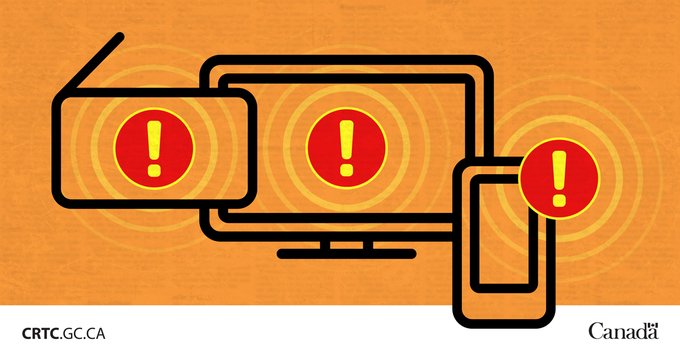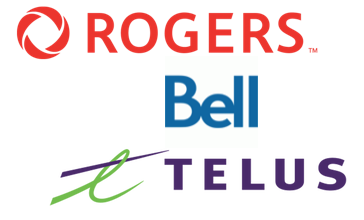
CRTC Updates How It Sets Prices for Wholesale Telecom Services
The Canadian Radio-television and Telecommunications Commission (CRTC) is changing the way it decides the prices for wholesale telecommunications services. These are the prices that internet and phone companies charge each other to use their networks. By regulating these prices, the CRTC aims to make internet and phone services more affordable and accessible for all Canadians, it says.
Up until now, the CRTC has used a method called Phase II to set these prices. This method is also used by similar organizations in other countries. The CRTC has decided to keep using Phase II, but they’re going to make some improvements to it.
The new method, announced on July 7, 2023 (it’s incredibly long and wordy, as expected), will take into account the prices that are already out there in the market and other relevant information. It will apply the same rules to all the big telecom companies. It will also be more flexible for smaller companies and those offering services that not many people use.
While Phase II will still be the main way the CRTC sets prices, they’re open to using other methods if they make sense in certain situations. They’ll decide this on a case-by-case basis, with the goal of making sure prices are fair and help achieve Canada’s goals for telecommunications.
The CRTC will also provide training sessions to the industry and create a webpage with information about how to implement Phase II. They’ll keep talking to industry participants about changes that might affect how Phase II should be used.
Starting right away, the CRTC is asking wholesale service providers to provide information about market prices when they apply to set prices for any new or existing services. This will help the CRTC consider what prices are already out there in the market when they’re setting rates. They’re also giving smaller providers and those providing services that not many people use more flexibility to use the approved rates of other service providers.
To make the process more transparent, fair, and efficient, each of the cable carriers has been asked to create and submit for the CRTC’s approval a manual with company-specific rules within nine months.
In the future, the CRTC plans to further improve, streamline, and strengthen the Phase II method by exploring the development of a common costing model. This would be a standard way of figuring out costs that could be used across the industry.
Just last week, independent internet provider TekSavvy (that’s reportedly up for sale), offered recommendations to improve competitive pricing for internet providers such as itself.
TekSavvy said incumbents such as Bell and Rogers should halt predatory pricing, which sees them selling internet services below the wholesale rates they charge competitors like TekSavvy. There’s also a suggestion to consider functional or structural separation, where large providers are divided into two companies – one owning and operating a network, and the other offering retail internet service.
The ISP says all companies should disclose full details of private network access deals for scrutiny by the CRTC and the public.
Furthermore, all competitors should have access to all broadband networks owned by major companies, including fibre for super-fast speeds, at fair wholesale rates. This access should also extend to the “aggregated” wholesale system, and the CRTC should track wholesale-based ISP market shares regularly, taking proactive measures to improve rules when necessary.


